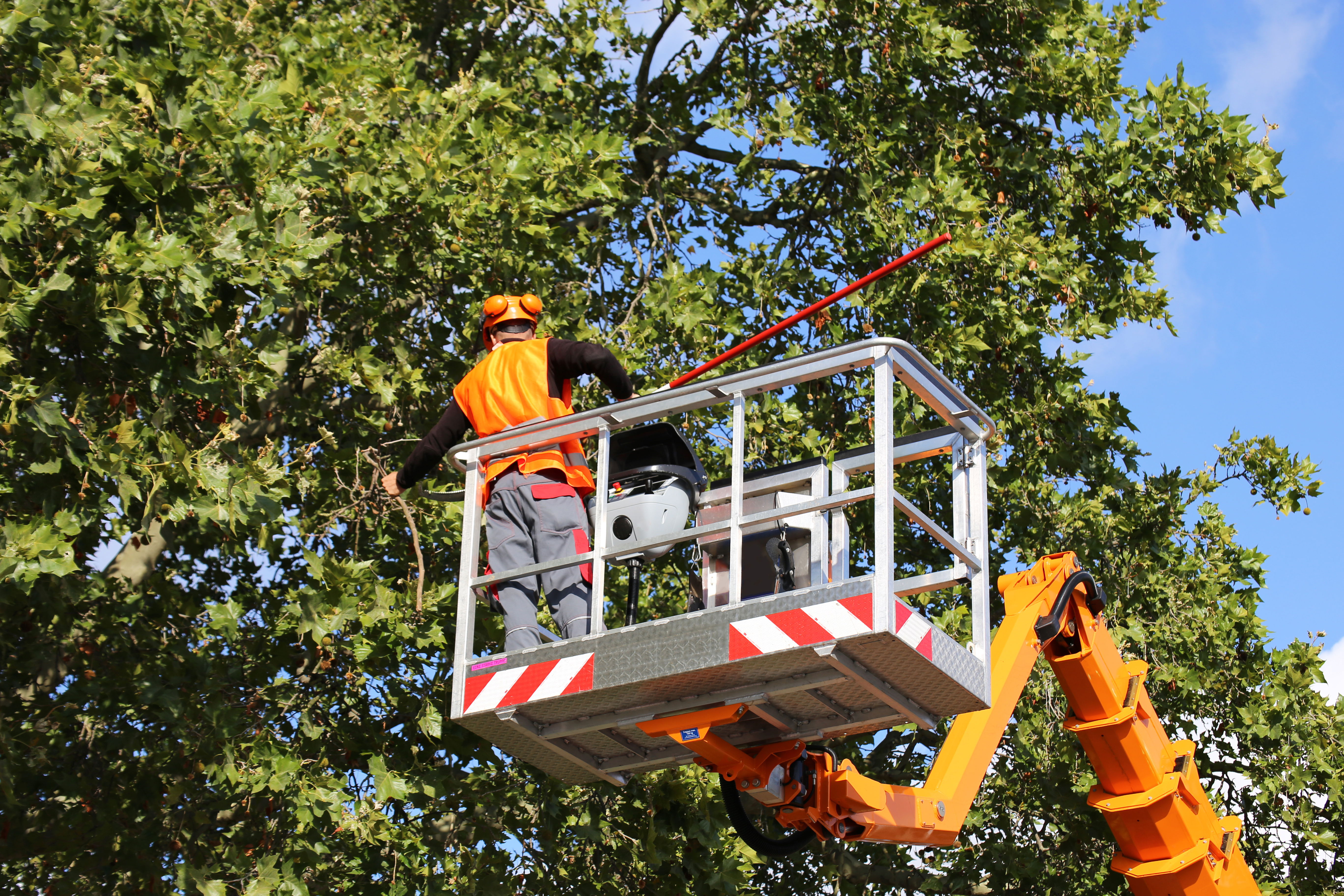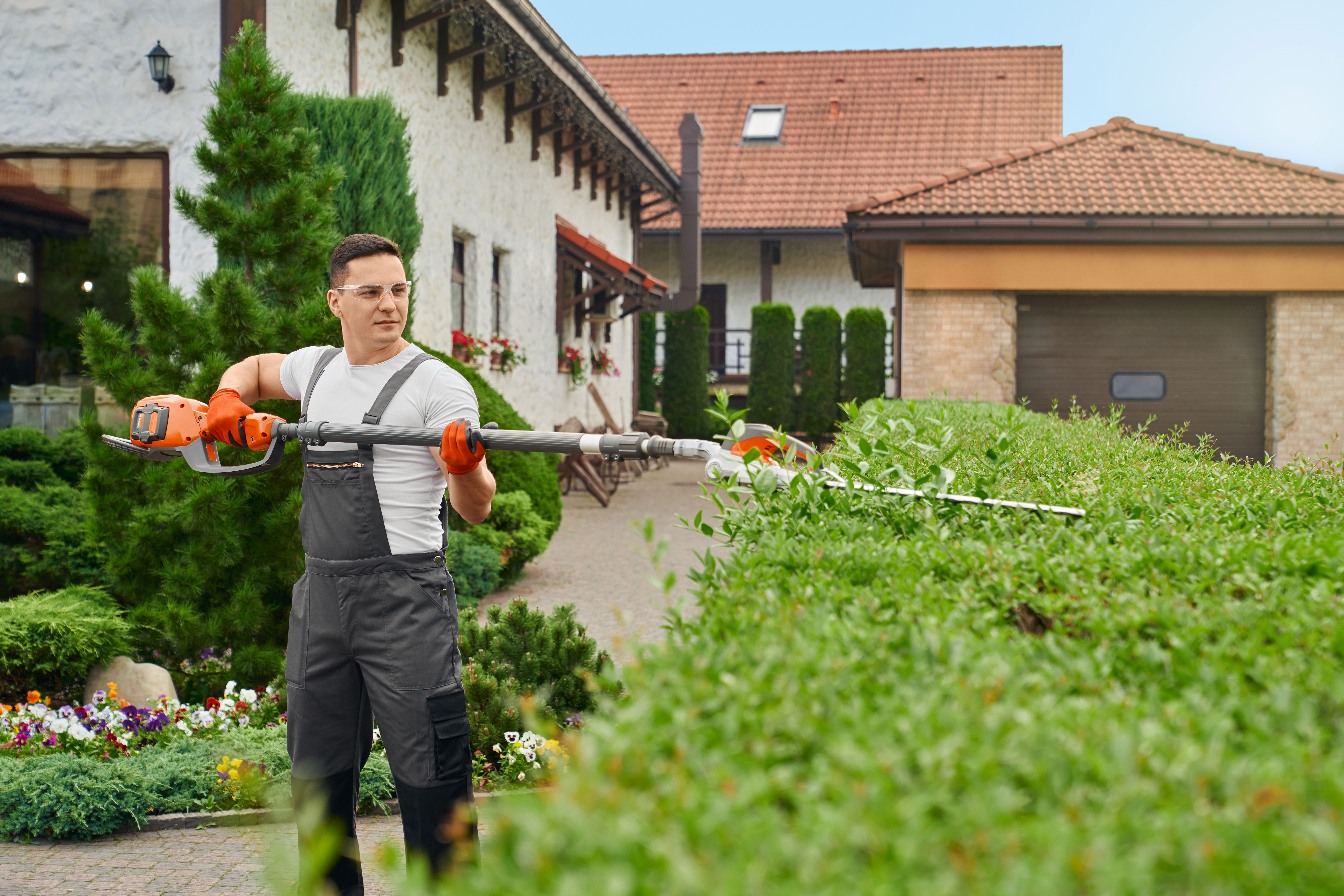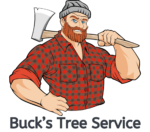Tree shaping is the process of pruning and training trees to take on specific shapes and forms. While it may sound like an unusual practice, tree shaping can be a highly effective way to enhance the beauty and aesthetics of your landscape.
In this blog, we’ll take a closer look at tree shaping, its benefits, and some of the techniques used to achieve desired shapes.
Benefits of Tree Shaping

Tree shaping offers a number of benefits, including:
Aesthetic appeal: A well-shaped tree can enhance the beauty and visual appeal of your landscape, adding value and interest to your property.
Safety: By shaping your trees, you can remove dead or diseased branches that could pose a safety hazard.
Health: Proper shaping can improve the overall health and vitality of your trees, promoting better growth and development.
Functionality: Shaping your trees can also improve their functionality, making them more suitable for specific purposes such as providing shade or privacy.
Tree Shaping Techniques

There are several techniques used in tree shaping, each of which can be used to achieve a different desired shape. Some of the most common techniques include:
Pruning: Pruning involves the removal of dead, diseased, or unwanted branches. By selectively removing branches, an arborist can shape a tree to fit a specific space or form.
Training: Training involves directing the growth of a tree by tying or staking it to a specific shape. This technique is often used to create espaliered trees or other forms that require a specific shape.
Topping: Topping involves the removal of the upper portions of a tree to control its height. While this technique is controversial, it can be useful in some situations, such as when a tree is encroaching on power lines or other structures.
Crown reduction: Crown reduction involves selectively removing branches from the upper portion of a tree to reduce its size. This technique can be used to maintain a specific shape or to reduce the risk of falling branches.
Choosing the Right Shapes

When shaping your trees, it’s important to choose the right shapes to fit your specific needs and preferences. Some of the most common tree shapes include:
Round: Round trees have a symmetrical shape that is suitable for many landscapes. This shape can be achieved through selective pruning and shaping.
Oval: Oval trees have a wider base and a narrower top, creating a more vertical shape. This shape is suitable for many different types of trees, including fruit trees and ornamental trees.
Vase: Vase-shaped trees have a wider base and an open center, creating a shape that is ideal for shade trees. This shape can be achieved through selective pruning and shaping.
Espaliered: Espaliered trees are trained to grow along a flat surface, such as a wall or fence. This shape is ideal for creating a living screen or barrier.
Conclusion
Tree shaping can be a highly effective way to enhance the beauty and functionality of your landscape. By choosing the right shapes and employing the proper techniques, an arborist can help you achieve the desired look and feel for your trees. Whether you’re looking to improve the aesthetics of your landscape or create a more functional space, tree shaping can be an excellent solution.
So, if you’re interested in exploring tree shaping for your property, be sure to consult with our expert team at Buck’s Tree Service to get started.

